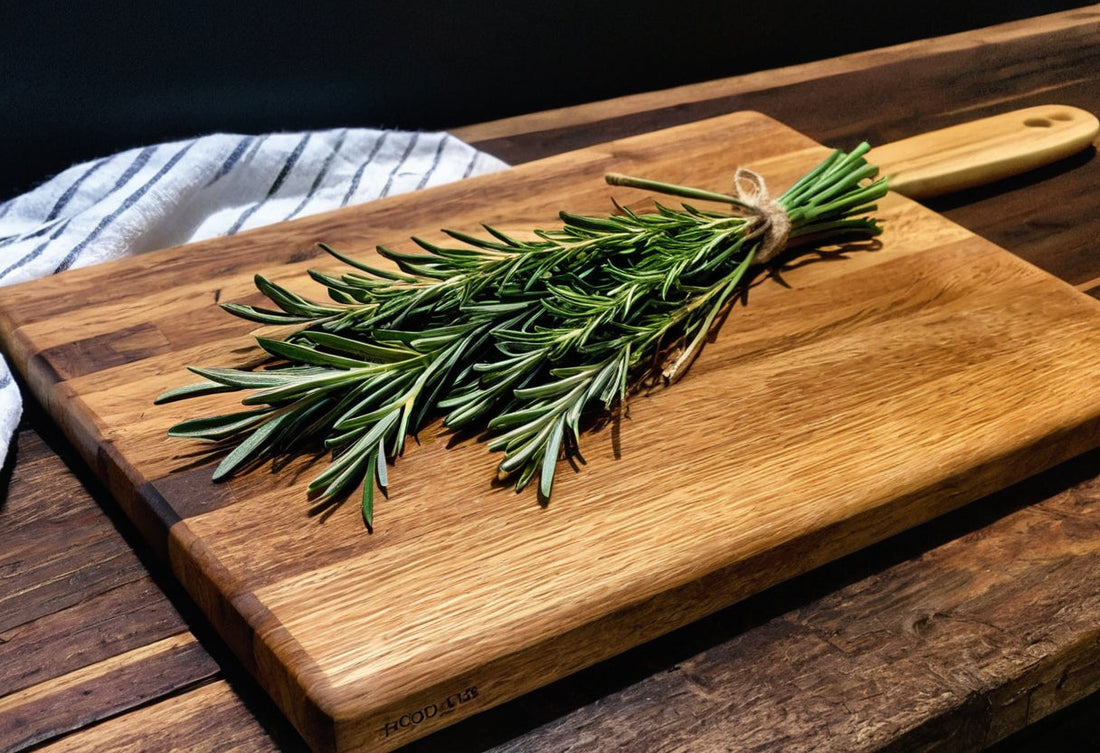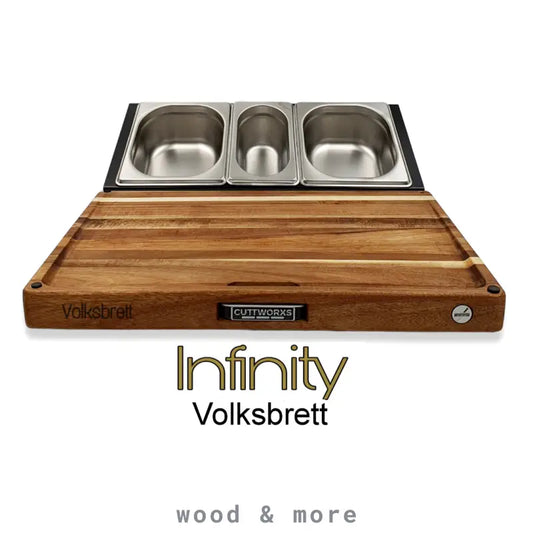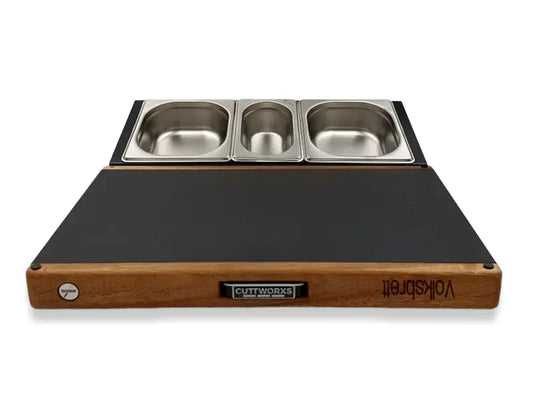
Tannic acid in wood: Why cutting boards made of oak and other wood are more hygienic
Wood is not only a visually appealing material for cutting boards, but also more hygienic than often assumed. The reason for this lies in a natural substance found in certain types of wood: tannic acid.

Tannic acid, also known as tannins, protects the tree in nature from fungi, insects, and microorganisms. It is precisely this property that makes wood so attractive for use in the kitchen. Oak wood, in particular, has a high tannic acid content, which has a positive effect on the hygiene of cutting boards.
Studies show that bacteria survive significantly less well on wood than on plastic. This is due, on the one hand, to the porous structure of wood, which absorbs moisture and thus deprives the bacteria of their livelihood. On the other hand, the tannic acid ensures that germs such as salmonella and E. coli are killed. Combined with proper care, this makes wooden boards a hygienic alternative to plastic boards.
The following types of wood are particularly suitable for antibacterial cutting boards:
- Oak: Very high tannic acid content, particularly resistant
- Walnut: Comparable to oak, dark appearance
- Chestnut: Also rich in tannins
- Maple & Ash: Less tannic acid, but still hygienic
To ensure that your wooden board retains its antibacterial properties, proper care is important:
- Clean after each use with lukewarm water and mild detergent (do not use a dishwasher!)
- Treat regularly with food-safe oil, such as linseed oil or wood butter
- Allow to dry thoroughly after cleaning to avoid cracks and deformation

Conclusion: Wooden cutting boards are not only sustainable and beautiful, but also more hygienic than many people think. Thanks to the natural tannins, oak wood offers effective protection against germs, making it an excellent choice for meat, vegetables, and more.



























